Creating a camper on a flatbed trailer provides a unique opportunity to blend creativity with practicality, ensuring your adventures are both comfortable and flexible. This guide will walk you through the process of designing, building, and outfitting a flatbed trailer camper, while addressing potential concerns and common pitfalls.
Understanding Your Flatbed Trailer
Choosing the Right Trailer
Not all flatbed trailers are created equal. When selecting a flatbed for your camper build, consider:
- Weight Capacity: Ensure your trailer can handle the weight of the camper structure, appliances, and additional gear.
- Length and Width: A longer trailer provides more space for a comfortable living area, while a wider one allows for more flexibility in design.
- Build Quality: Look for trailers with a robust frame that can withstand the rigors of travel and the weight of the camper.
| Trailer Type | Weight Capacity | Ideal Use |
|---|---|---|
| Utility Flatbed | 2,000 – 10,000 lbs | General hauling, DIY builds |
| Enclosed Flatbed | 3,000 – 12,000 lbs | All-weather storage |
| Gooseneck Flatbed | 12,000 – 30,000 lbs | Heavy-duty needs |
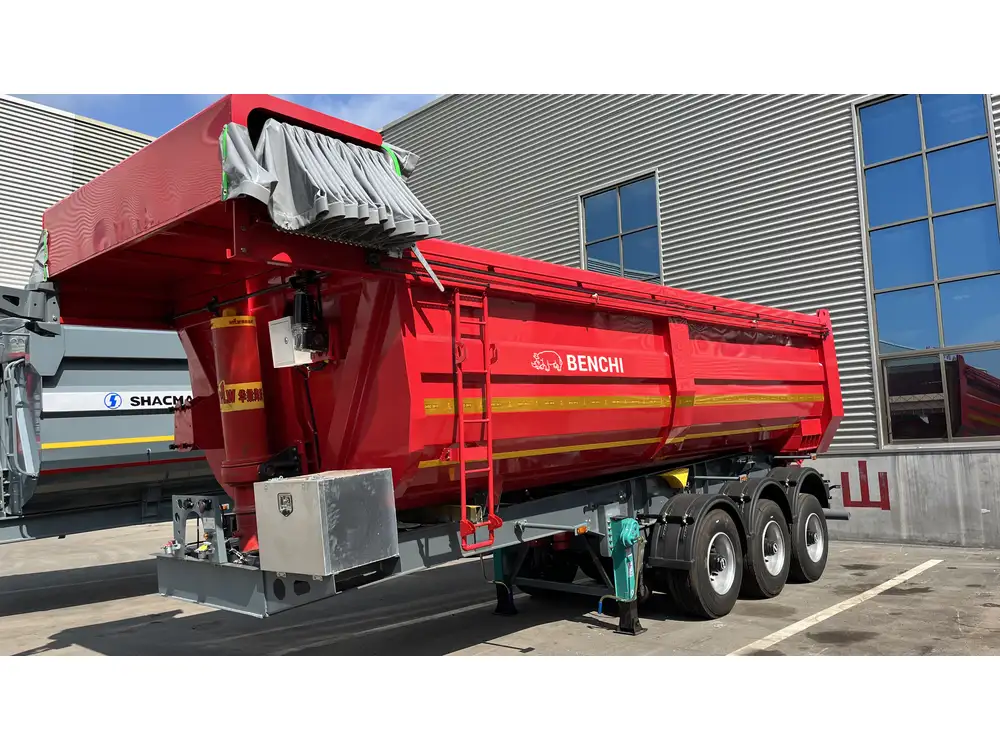
Designing Your Camper Layout
Creating a Functional Floor Plan
A well-thought-out design enhances the functionality of your camper. Consider these essential zones:
- Sleeping Area: A foldable or collapsible bed can save space.
- Kitchen: Incorporate a small sink, cooking surface, and storage for dishes.
- Bathroom: Depending on the size, a portable toilet or a small shower space can be included.
- Living Space: A compact seating arrangement can serve multiple purposes.
Sample Floor Plan Idea
- Sleeping Area: 4 ft x 6 ft convertible sofa bed.
- Kitchen Area: 3 ft counter with a sink and portable stove.
- Bathroom: 2 ft x 3 ft space with a portable toilet.
- Living Space: 3 ft x 4 ft with a collapsible table.
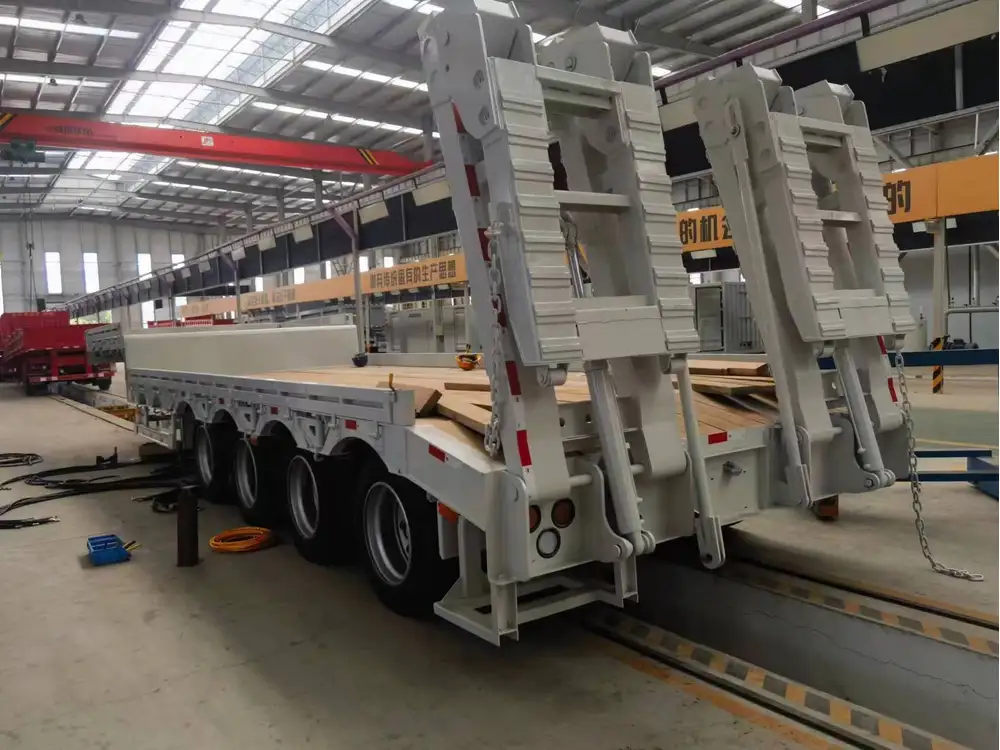
Materials and Tools Needed
Essential Supplies for Building
- Frame Material: Use aluminum or treated wood for durability.
- Insulation: Rigid foam boards or spray foam to regulate temperature.
- Exterior Material: Composite panels or aluminum sheets are excellent for weather resistance.
- Interior Sheathing: Plywood or decorative paneling contributes to aesthetics.
Tool Requirements
- Power Drill: For fastening components securely.
- Circular Saw: Perfect for cutting wood and composite materials.
- Measuring Tape: Accuracy is key in construction.
- Wrench Set: Useful for tightening hardware.
| Material | Purpose |
|---|---|
| Treated Wood | Structural support |
| Rigid Foam Insulation | Temperature control |
| Aluminum Panels | Exterior protection |
| Plywood | Interior walls |
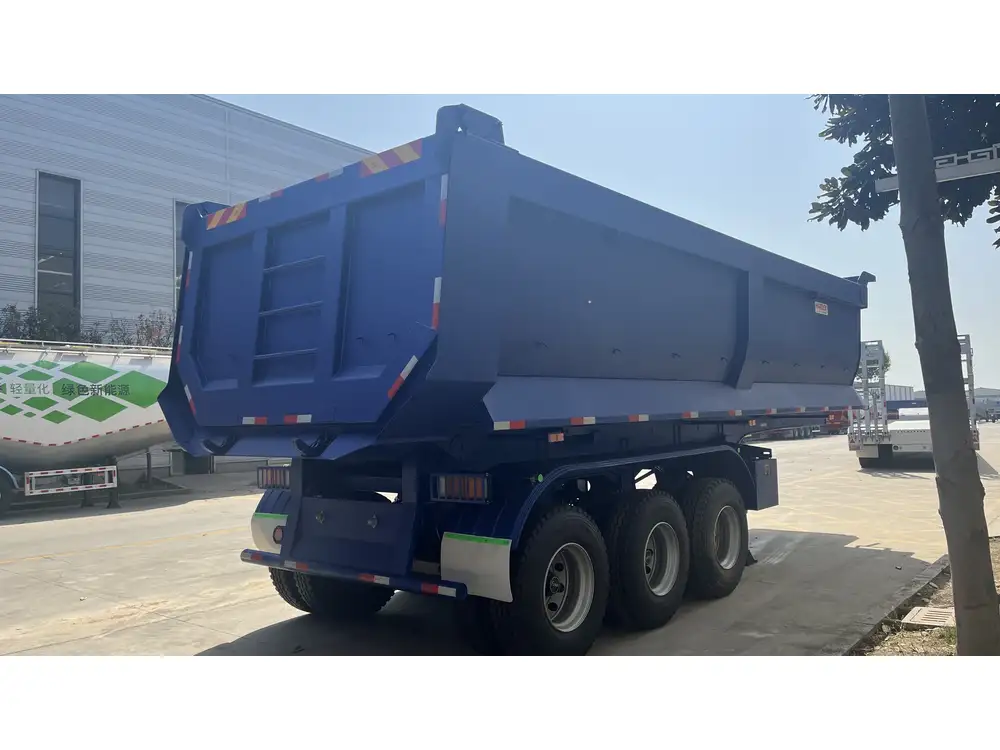
Building the Camper
Frame Construction
When constructing the frame of your camper, follow these steps:
- Measure and Cut: Use your floor plan to measure and cut your materials.
- Assemble Base Frame: Construct a sturdy base frame using treated wood or aluminum.
- Build Vertical Supports: Attach vertical supports at each corner and midpoints for additional strength.
Wall and Roof Installation
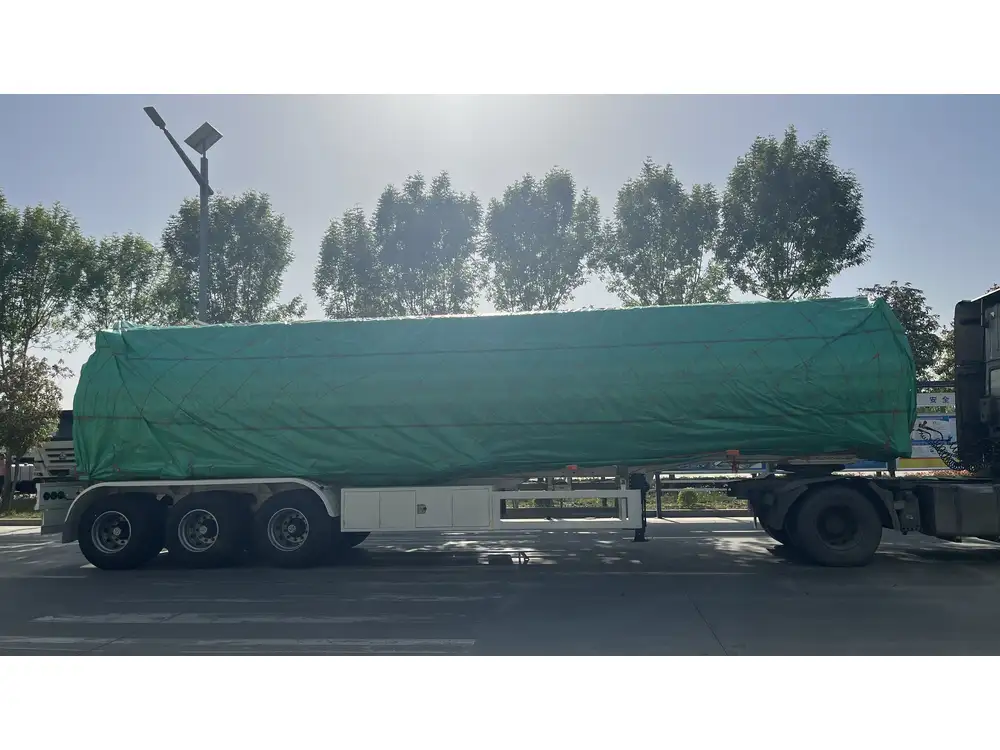
Important Considerations
- Insulation: Place insulation between the walls before sheathing.
- Ventilation: Incorporate windows and vents in your design to maintain airflow.
Roof Types to Consider
| Roof Type | Pros | Cons |
|---|---|---|
| Flat Roof | Easier to construct | Poor drainage may cause leaks |
| Sloped Roof | Better drainage | More complex construction |
| Raised Roof | Increased headroom | Higher wind resistance |
Adding Interior Components
Once the frame and exterior are set, focus on the interior:
- Install the Bed: Securely fasten the bed area into place.
- Kitchen Elements: Install cabinetry and the cooking area with proper ventilation.
- Bathroom Fixtures: Ensure that all plumbing lines are secure and tested for leaks.
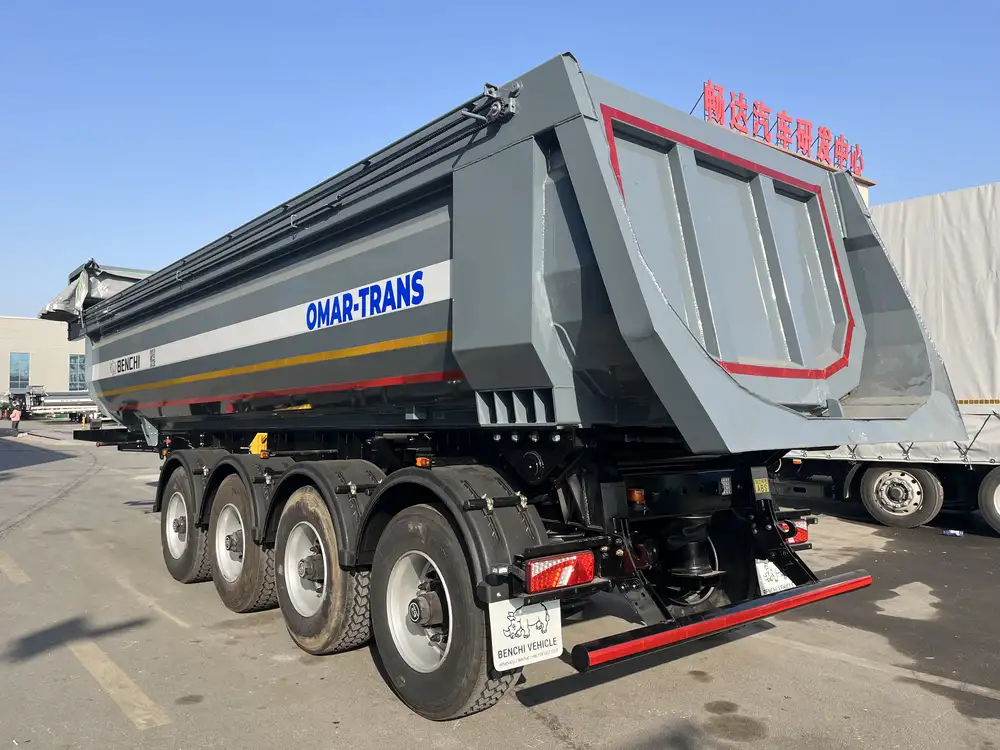
Outfitting Your Camper
Essential Equipment
To create a comfortable living space, consider the following amenities:
- Power Supply: Solar panels, deep cycle batteries, or a generator.
- Water Tank: A portable or built-in tank with a pump for water supply.
- Propane System: For cooking and heating needs.
Comfort and Aesthetics
Select materials and furnishings that enhance your camper’s comfort:
- Cushions and Fabrics: Choose durable, weather-resistant fabrics.
- LED Lighting: Install energy-efficient lighting options.
- Decorated Finishes: Personalize your space with wall art or cabinetry paint.

Safety and Regulations
Legal Requirements
Before hitting the road, ensure your camper complies with local laws and regulations. Key considerations involve:
- Weight Distribution: Proper weight distribution to avoid trailer sway.
- Brake System: Ensure your trailer is equipped with a reliable braking system.
- Insurance: Consider insuring your camper for protection against accidents.
Safety Features to Implement
Install necessary safety features to enable a secure travel experience:
- Fire Extinguisher: Keep in easily accessible areas.
- First Aid Kit: Prepare for minor injuries during travels.
- Smoke and Carbon Monoxide Detectors: Install these for essential safety measures.
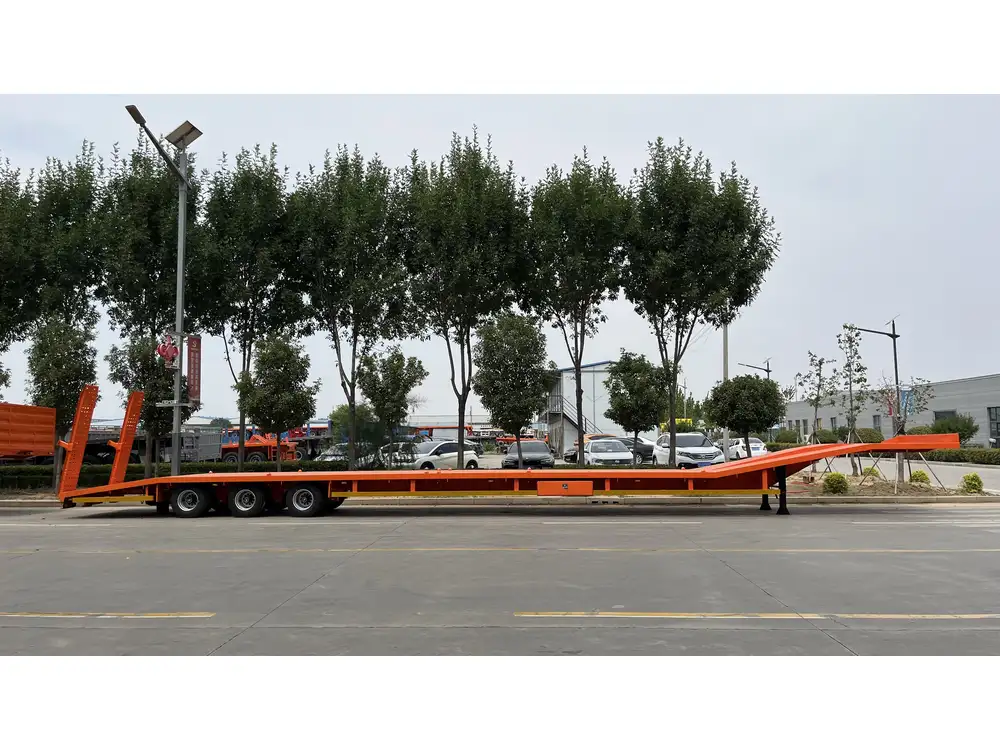
Maintenance and Care
Routine Checks
Regular maintenance ensures the longevity of your camper.
| Maintenance Task | Frequency |
|---|---|
| Inspect Roof for Leaks | Annually |
| Check Tire Condition | Every trip |
| Clean Water Tanks | Every six months |
Seasonal Preparations
Before winter or long-term storage, consider these actions:
- Winterize Plumbing: Drain systems to prevent freeze damage.
- Clean and Store Fabrics: To avoid mildew, clean and store fabrics properly.
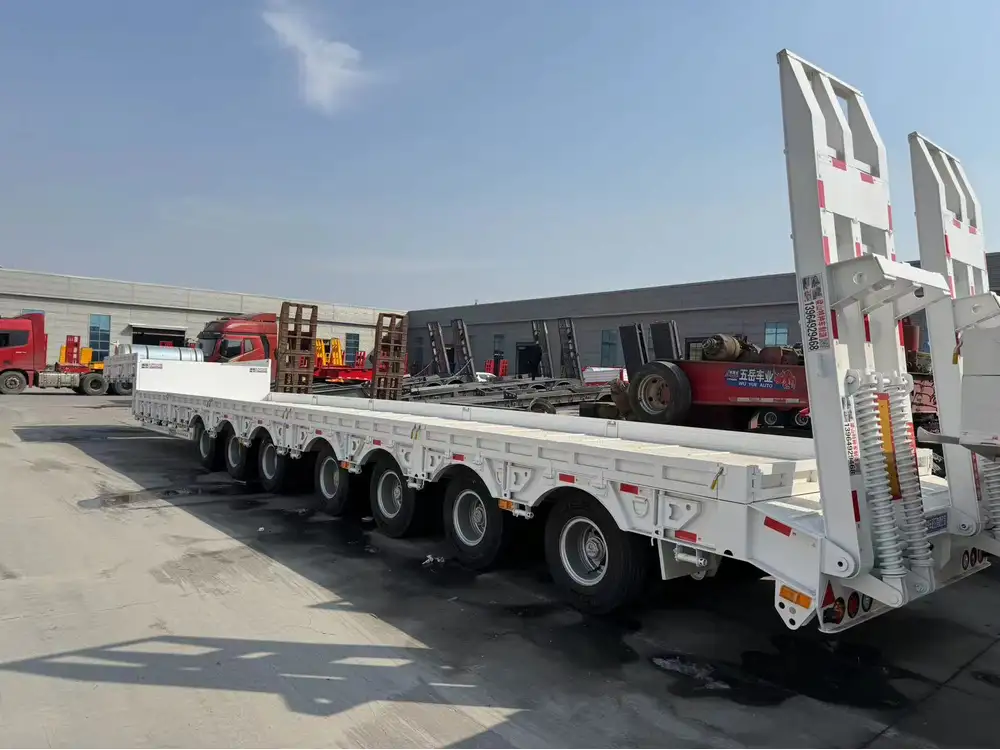
Future Enhancements
Upgrading Your Camper
Over time, you may want to enhance your camper experience:
- Adding Solar Power: Incorporate flexible solar panels for sustainable energy.
- Improving Insulation: Upgrade insulation materials for better temperature control.
Conclusion
Building a camper on a flatbed trailer is not only rewarding but also presents an opportunity to explore the great outdoors with comfort and flexibility. From choosing the right trailer to design and construction, every phase plays a critical role in ensuring your camper is safe, efficient, and tailored to your needs. By meticulously planning each step and considering essential safety and comfort features, you lay the groundwork for countless adventures on the open road.



